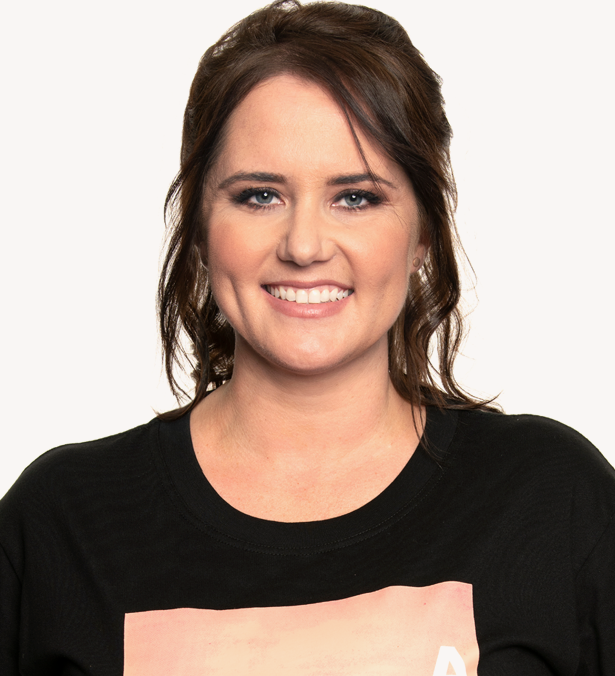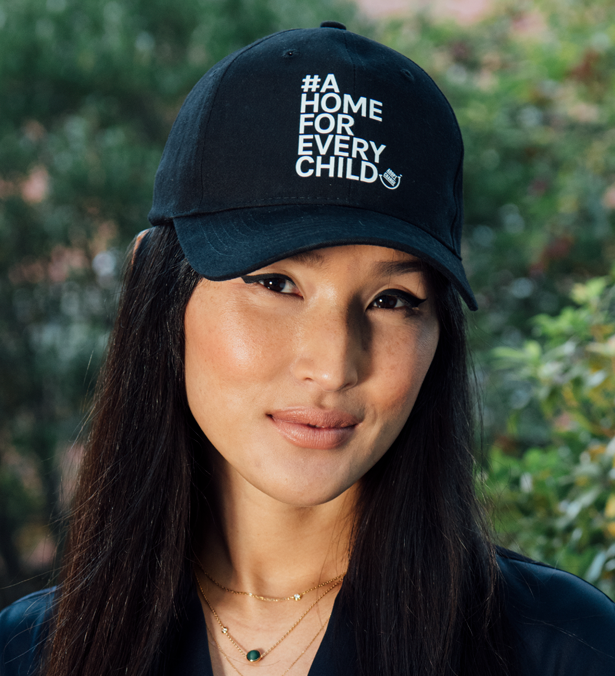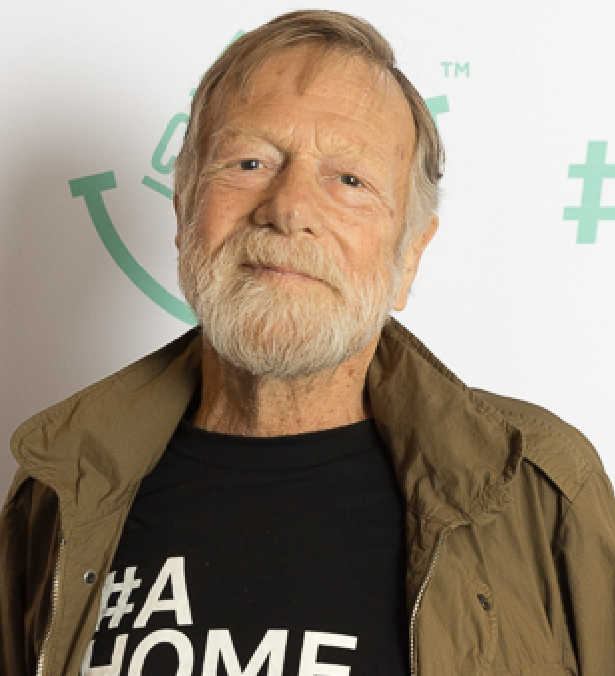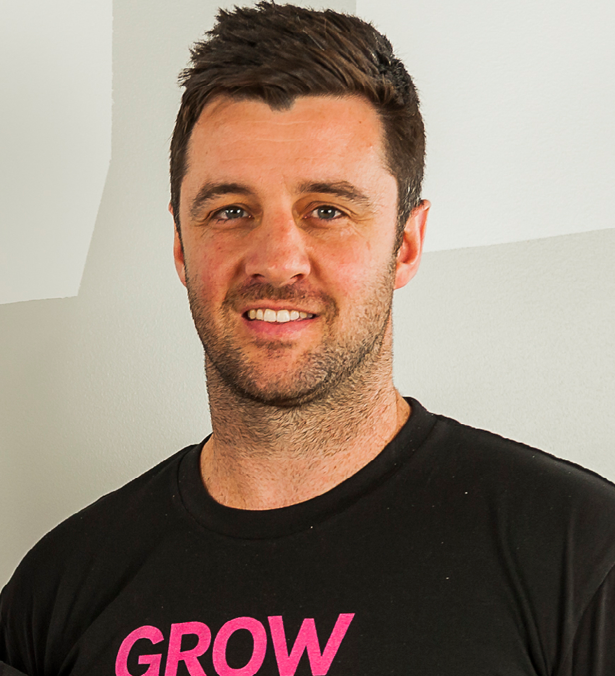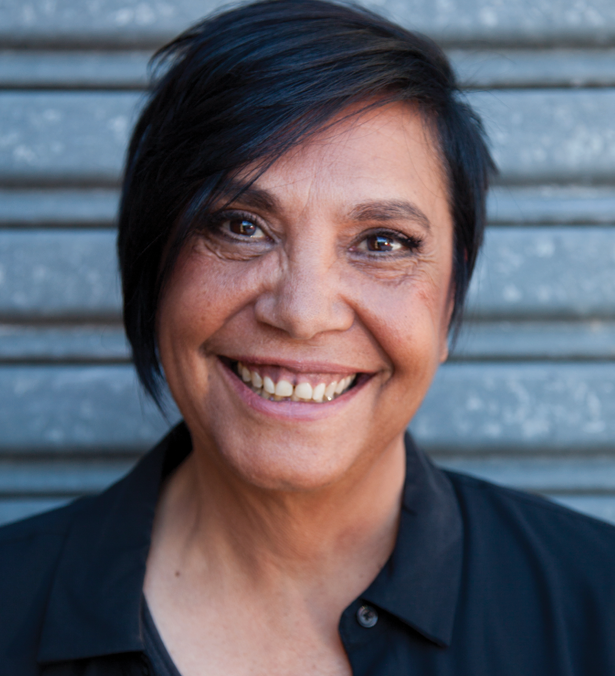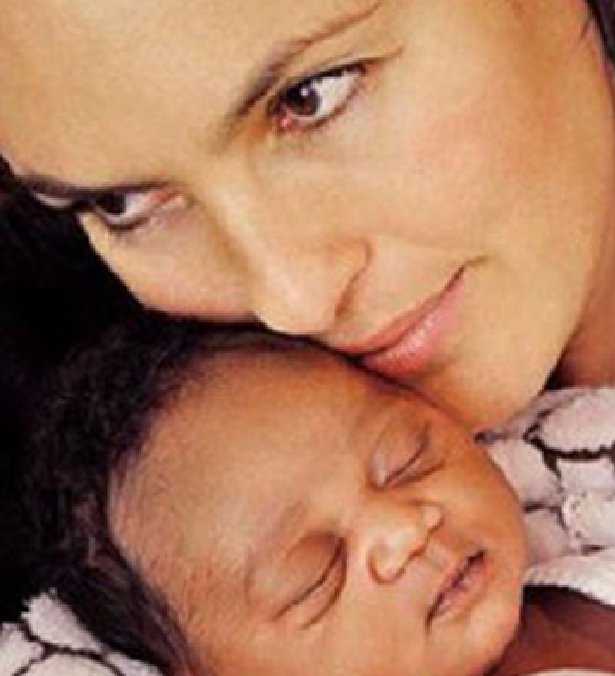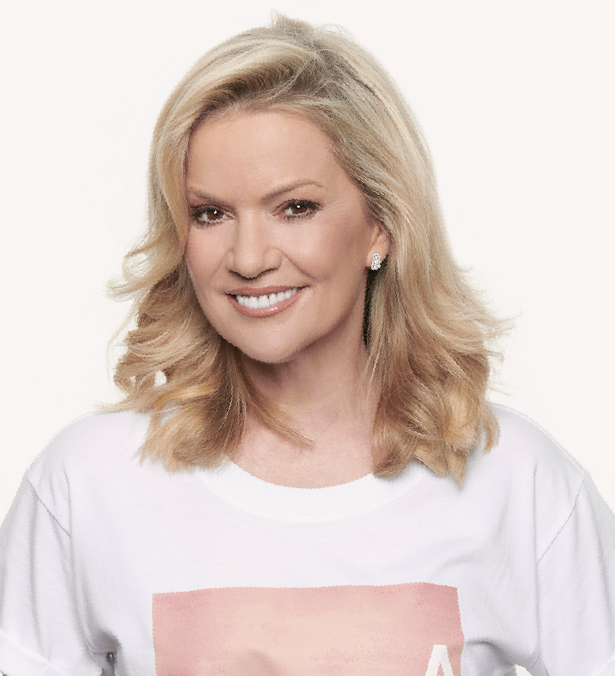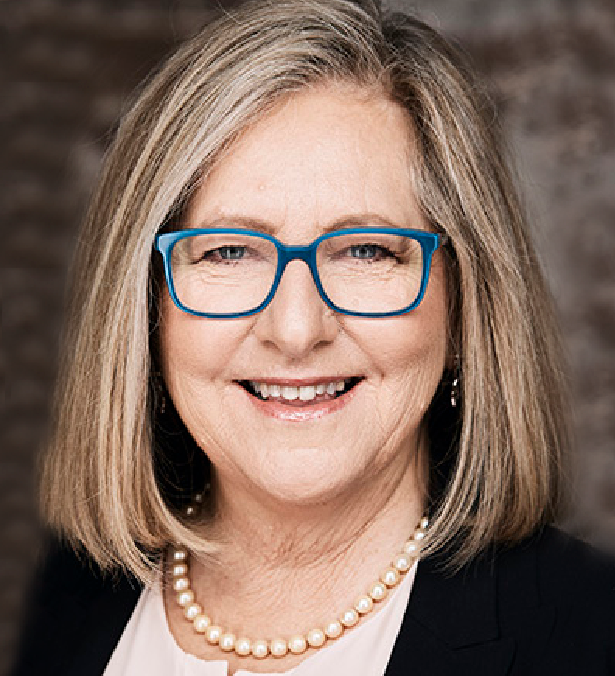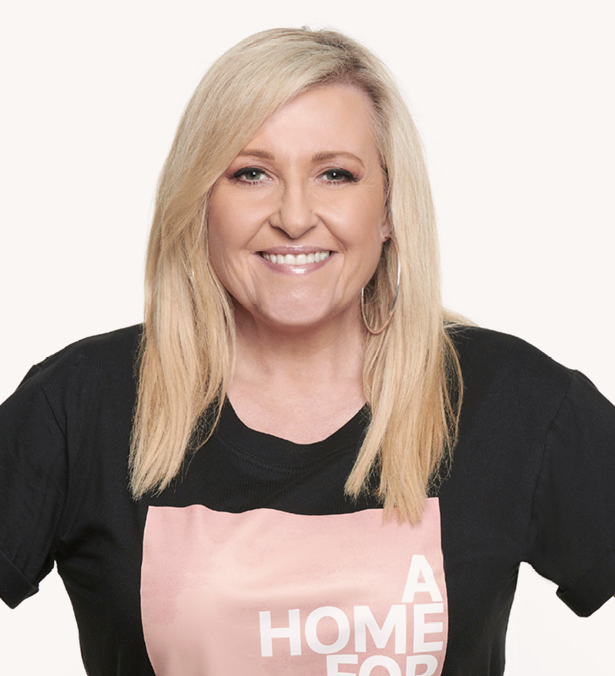Drop in Australian adoption figures concerning considering the number of children in the care system nationally not living in a permanent family home.
The Australian Institute of Health and Welfare (AIHW) report, ‘Adoptions Australia’ shows a record decrease in adoptions from previous years where it was showing positive indications of being accessed as a permanency option, particularly for children in the care system. The stark contrast between the number of adoptions recorded in 2021-2022 compared to the number of children and young people living without home-based care critically highlights the urgent need to prioritise permanency for Australian children and young people in government care.
Australia, 28 April 2023: The AIHW’s annual report into Adoptions in Australia released today shows a concerning decline to 208 adoptions nationally. This figure is the lowest on record, breaking the previous year’s low and juxtaposing the 46,212* children living as part of the out-of-home care (OOHC) system across Australia, with around 4,000 children not in home-based care.
In 2021–22, 208 adoptions were finalised in Australia, down from 264 adoptions in 2020-21. Of this figure, only 94 adoptions were by carers for the children and young people in their care. There remains a staggering 46,212* children and young people in the OOHC system across Australia, requiring urgent intervention to prioritise permanency for this cohort of children. While adoption is not suitable in all cases, there are more children across Australia who could benefit from this option for a nurturing home for life.
Adopt Change CEO Renée Carter expressed urgency around all children in Australia being provided with a stable home. “There are children as young as two years old not being raised in a family. After the impacts of the pandemic and the economic climate, we are seeing a decline in available homes for children as well as this reduction in adoption. However, the urgent need remains to ensure Australia provides a home for every child that is stable and nurturing. Evidence shows that the sooner a child is given stability and the environment in which to heal, the more likely they are to thrive. More needs to be done to guarantee that when a child cannot return safely to their family, they are part of a permanent family home, not raised by a system. In some instances, the best option is adoption. There are more people who would open their home to a child if they knew this was a permanent option.”
“Our goal is to see a home for every child become a reality. Imagine if our country was able to report that we had 4,000 children who were provided with the certainty of knowing they have security and belonging through adoption, rather than 4,000 children across Australia in the care system not living in a family home.”
While the increase in other permanent care orders is positive, adoption needs to be included as an option for children where this is in their best interest.
Permanency and meaningful adult attachment are necessary for a child to experience a healthy developmental trajectory. Ms Carter emphasises that if reunification or placement with family is not possible, adoption should be considered as a valid pathway to permanency for a vulnerable child and must be actioned in a timely manner to prevent more Australian children growing up in a system and being set on a trajectory that too often results in negative outcomes.
The Adopt Change National Recommendations Paper highlights the need for the over 46,000 children in the care system across Australia having access to permanency and security and these adoption numbers are concerning in that light.
Despite known child adoption remaining the largest category of adoption in Australia (161 in total), this figure is the lowest number on record. Known child adoptions, many of which are typically adoptions by foster carers, has dropped nearly two-fold from last year to 45% of all adoption figures.
With infants and young children under the age of 4 representing the highest proportion of admissions to OOHC, and babies under one year old the most likely to be at risk of entering care, permanency and support and education around caring for these children is critical.
To read the AIHW Adoptions Australia 2021-2022 Report, visit https://www.aihw.gov.au/reports/adoptions/adoptions-australia-2021-22/contents/about
To read the Adopt Change National Recommendations Paper, visit https://www.adoptchange.org.au/research/
To learn more about providing care for children and young people, and to support the work of Adopt Change visit www.adoptchange.org.au
*Australian Institute of Health and Welfare (AIHW) Child protection Australia Report 2020–21, Australian Government.
~ END ~

